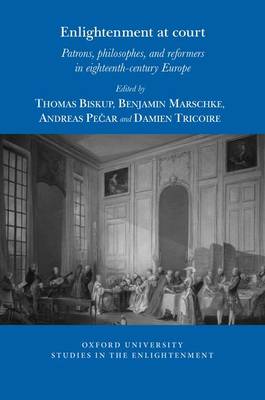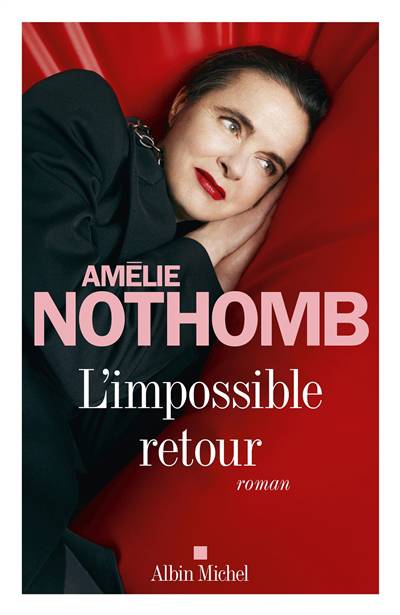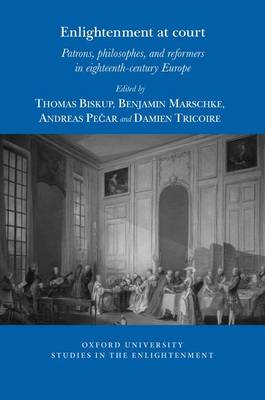
- Retrait gratuit dans votre magasin Club
- 7.000.000 titres dans notre catalogue
- Payer en toute sécurité
- Toujours un magasin près de chez vous
- Retrait gratuit dans votre magasin Club
- 7.000.000 titres dans notre catalogue
- Payer en toute sécurité
- Toujours un magasin près de chez vous
Enlightenment at Court
Patrons, Philosophes, and Reformers in Eighteenth-Century Europe
132,95 €
+ 265 points
Description
This is the first comprehensive analysis of the royal and princely courts of Europe as important places of Enlightenment. The households of European rulers remained central to politics and culture throughout the eighteenth century, and few writers, artists, musicians, or scholars could succeed without establishing connections to ruling houses, noble families, or powerful courtiers. Covering case studies from Spain and France to Russia, and from Scandinavia and Britain to the Holy Roman Empire, the contributions of this volume examine how Enlightenment figures were integrated into the princely courts of the Ancien Régime, and what kinds of relationships they had with courtiers. Dangers and opportunities presented by proximity to court are discussed as well as the question of what rulers and courtiers gained from their interactions with Enlightenment men and women of letters. The book focusses on four areas: firstly, the impact of courtly patronage on Enlightenment discourses and the work as well as careers of Enlightenment writers; secondly, the court as an audience to be catered for by Enlightenment writers; thirdly, the function of Enlightenment narratives and discourses for the image-making of rulers and courtiers; and fourthly, the role the interaction of courtiers and Enlightenment writers played for the formulation of reform policies.
Spécifications
Parties prenantes
- Editeur:
Contenu
- Nombre de pages :
- 384
- Langue:
- Anglais
- Collection :
- Tome:
- n° 2022
Caractéristiques
- EAN:
- 9781800855076
- Date de parution :
- 08-09-22
- Format:
- Livre broché
- Format numérique:
- Trade paperback (VS)
- Dimensions :
- 156 mm x 233 mm






